Article provided by Chef Crusco Catering in Austin, TX
According to Wikipedia, haute cuisine means ‘grande cuisine’ and refers to the cooking of the grand restaurants and hotels of the Western world. As the owner of a Private Chef and Catering company in Austin, TX, I dislike the phrase “haute cuisine”. The connotations associated with this term unfortunately include snootiness, expensive, and pretentiousness. As a result, those that either don’t want to spend the money or be surrounded by snobbery rarely attempt to eat this type of cuisine. This can be especially true when eating out at a restaurant. Are you paying all that money for the supreme quality of the food? Or, for the richness, extravagance and pomposity of the service and the surroundings? To enjoy foie gras, caviar or beef en croute, one does not need to be surrounded by gold chandeliers, snobby customers, and worst of all the pompous “I know it all” server.
Unfortunately, according to John Lichfield, who writes for the UK’s The Independent, “haute-cuisine, as defined by the Michelin star-system, is as much a question of the beauty, size and pretentiousness of the frame (i.e. the restaurant), as the quality of the painting on the canvas.” Maybe this is true for the Michelin star rating system. I, on the other hand am from the belief that if a Restaurant or Personal Chef cares about ingredients used, extracts the most out of food, shows attention to detail with each plate, and conveys cultural culinary knowledge, he/she too can create “grande cuisine” both at a simple Restaurant or at a Catered Private dinner in the comfort of your home.
For example, last weekend I invited friends over for a dinner that was to be very informal and simple. However, as I started to look through my pantry, refrigerator and the rolodex of food recipes in my mind I realized that I could indeed cook a dinner labeled “haute cuisine”. The key to cooking this meal like “grande cuisine” was not only having the right ingredients on hand but also transforming them into elaborate and deep flavors. Moreover, I knew giving attention to detail for each course and sharing the rich cultural history of the food with my guests was just as important.
The night started with a simple Italian bruschetta. Fresh Campari tomatoes were roughly chopped up and cooked with good Extra Virgin Olive Oil, Cannellini beans, Mushroom Stock, and White wine. The sauce was cooked and reduced for 30 minutes so that it would be chunky and hold up on top of the crusty Italian Pagnotta bread. Once my guests arrived, I topped it off with fresh Basil from my herb garden. I explained the simplicity of Italian food and how to keep the ingredient list short letting those few ingredients shine.
The second course was a wild Mushroom Frittata topped with Arugula. The Frittata included sautéed onions, garlic, cremini, shitake, and porcini mushrooms and the left over mushroom stock. Once cooked down, the addition of an egg and milk mixture was added to cook and hold it together. Fresh Arugula was tossed with lemon juice, EVOO and then plated on top of the Frittata. To serve, I sliced a wedge for each person and topped it with the Arugula. The final garnish? Table side shavings of the undisputed king of cheeses ‘Parmigiano-Reggiano.’ I explained the beauty of the Italian Frittata and its humble beginnings to the guests so they understood what true Italian food is all about.
The third course was based more on cooking technique, freshness of ingredients, and attention to detail than anything else. A fresh, locally grown whole chicken was cooked using the Spatchcocking technique. The Chicken was then placed on a sheet pan with thyme and lemon slices bedding underneath. A roasted garlic and herb compound butter (remember I am a chef) was then added to the inside and outside of the bird’s skin to give it that golden brown color. Fingerling potatoes were added to the pan around the chicken so they would cook at the same time. Although not the most important, keep in mind how you serve the dish to your guests. Ask them their favorite part of the Chicken. Cut the portion they like, serve it with the crispy skin, potatoes and the delicious juices that remain after roasting. Remember attention to detail when cooking and serving food to guests is important to their memory of the experience.
Although a very simple dessert, I decided to integrate my guest in the last course. I made a jazzed up ‘affogato di gelato’ which is where you take gelato and top it off with good espresso. My friend happily agreed to make the espresso with my old Italian style espresso maker. One small ball of vanilla bean gelato was then placed into an espresso cup, topped off with espresso and garnished with homemade candied orange peels that were dipped in dark chocolate (remember I have certain items just laying around). Once again keeping the affogato simple with two ingredients was enough to convey what Italian food and cooking is about. And making the course interactive where the guests get to help makes it a fun experience too. Based on my guest’s feedback, the dinner seemed to be a huge success! As far as any delusions of grandeur about my food being labeled “haute cuisine” by the Michelin star rating system, I guess the answer as they say lies in the eye of the beholder!

